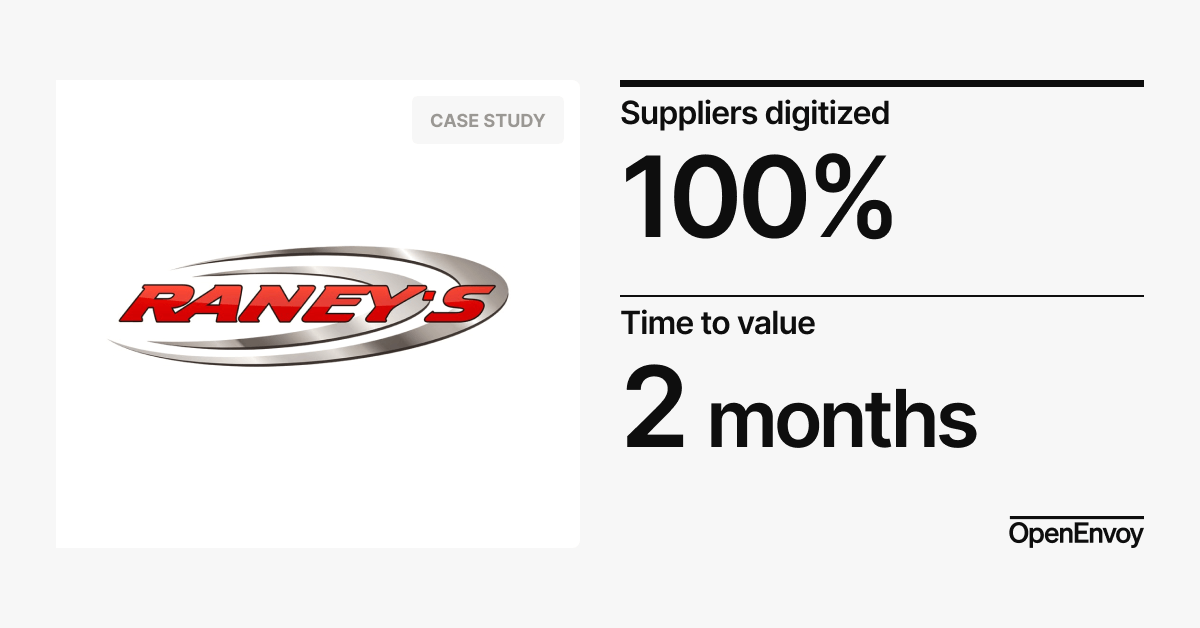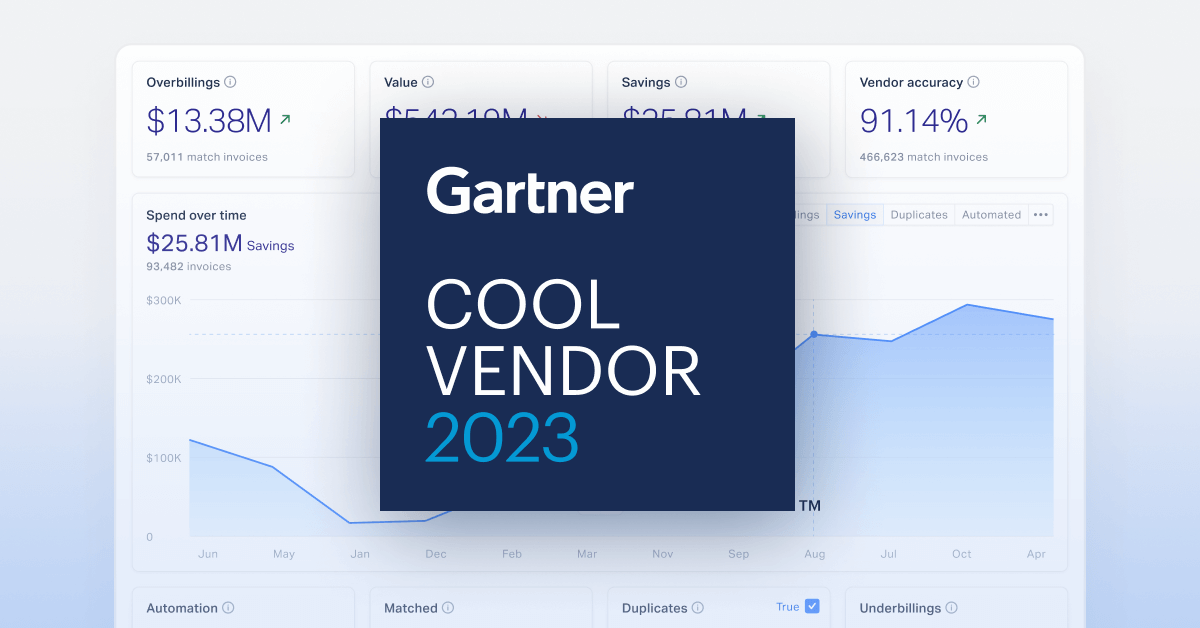The value of digital tools in the modern finance landscape is undeniable. Digital finance tools act as beacons of transparency that promote collaboration and unlock hidden insights.
Despite this potential, some teams find it challenging to benefit tangibly; why is this?
Unfortunately, this is a typical debacle among many finance teams, who often find it difficult to manage and integrate new vendors with their IT departments.
The Common Struggles of Implementing New Technology
IT and finance are both overwhelmed and struggle to balance competing priorities, so, understandably, there can be some friction when it comes to trying to integrate new technology. However, there are a few key areas where this struggle manifests.
Balancing team needs with company-wide strategy: IT and finance have their own goals and objectives, which may not always align. Although both teams have the company's best interest in mind, the conflicting prerogatives make it challenging to develop a cohesive plan for integrating new technology.
Lack of communication and collaboration: It's not uncommon for IT and finance to work in silos and have limited contact, which makes it challenging to collaborate and share ideas. Miscommunications often lead to a general feeling of frustration among team members.
Different approaches to risk: One of the main goals of IT is to minimize risk, while finance is often more concerned with maximizing return on investment. While both agendas are critical for long-term success, they can create tension when deciding the timeline to deploy new technologies and how to prioritize the workload of each team.
By taking a selective and strategic approach when choosing a technology vendor, finance teams can minimize the lift required by IT and facilitate a seamless process.
Here are five tips on overcoming challenges and streamlining the integration of new technology:
1. Invest In Technology That Offers Open APIs
One way to make implementing new tech more manageable is to invest in technology that offers open APIs. An API, or application programming interface, is a set of rules and standards that govern how one piece of software can communicate with another. Having open APIs means that the vendor's software can easily integrate with your company's infrastructure instead of a closed system, where the software is incompatible and requires a complex and time-consuming integration process. As a result, a solution with open APIs can dramatically reduce the amount of work needed from IT and get the job done in less time.
2. Start Involving IT Throughout the Buying Process
Another way to minimize friction when integrating new tech is to start involving IT early in the buying process. Bring your CIO and IT team into project discussions from the beginning. Too often, finance teams wait to involve IT, which leads to a feeling of being left out of the loop and can create internal conflicts among team members. Starting to work with IT from the beginning will ensure they are on board with the decision and make them more likely to support a faster implementation process.
3. Get Ahead Of Any Security Or Data Privacy Concerns Early On
Security and data privacy are always top of mind for IT, so it's paramount to get ahead of any concerns they may have early on. The best way to do this is to carefully vet potential vendors and ensure their compliance procedures align with your internal security standards. In addition, it would help to have a clear understanding of how the vendor's software will interact with your company's data. By doing your homework ahead of time, you can avoid any roadblocks that may come up later.
4. Work Together To Set Deadlines
Once you've selected a vendor and started the implementation process, it's essential to work with IT to set deadlines and create milestones. A strategic plan will help set expectations for all stakeholders and clearly outline deliverables. In addition, finance leaders should create a timeline or dedicate a project manager to ensure the initiative will complete on time.
5. Over Communicate Expectations
Seek to go above and beyond in how you convey your processes to IT. Loop them in on your internal systems, and make sure everyone involved understands the function of the new technology, the business challenges you are looking to solve, and the project's goal.
Finance and IT teams often have different communication methods, so it's essential to bridge all gaps. By prioritizing communication, you can avoid misunderstandings. Finance technology is a non-negotiable for teams interested in scaling their processes with speed and accuracy.
Still, IT is also a stakeholder in any new digital projects. CFOs and finance leaders can manage the relationships between tech vendors and IT by allowing both parties to act as strategic partners looking to solve a common business challenge. In addition, creating a more cohesive, collaborative environment will allow faster deployment to get your finance team up and running more quickly.
Want to get your finance team working faster with a flexible technology provider? Schedule a demo with an OpenEnvoy expert today, visit https://openenvoy.com/contact-us/.



.png?width=620&height=620&name=1600x1600_Cover-1%20(7).png)


